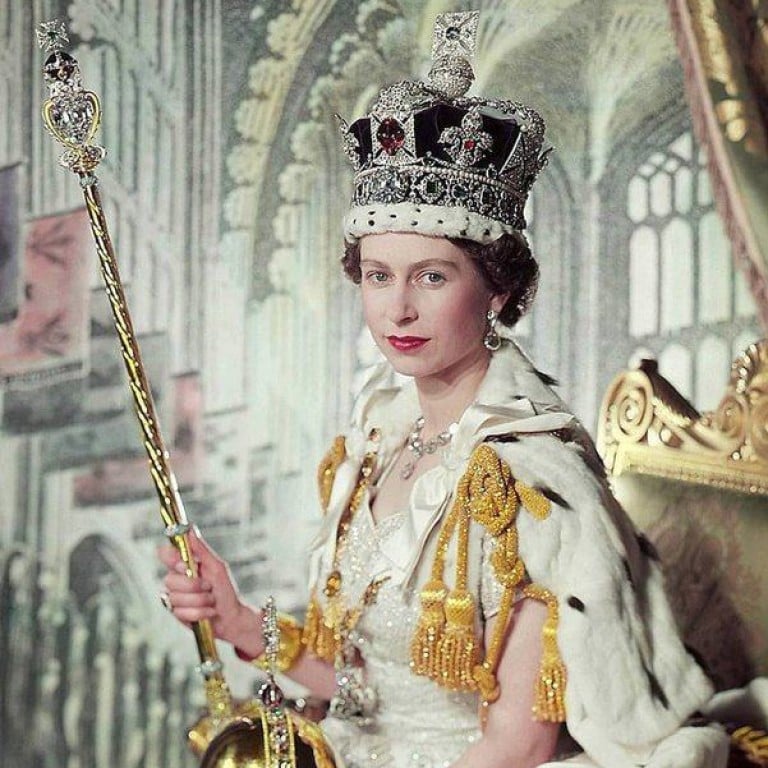Why is the world fighting over Queen Elizabeth’s royal jewels? From Koh-i-noor on queen mother’s crown to South Africa’s Cullinan diamonds on the Sovereign’s Sceptre and Imperial State Crown …

- Queen Elizabeth’s passing in September saddened many royal fans worldwide, but some spectators are arguing that the crown jewels should return to their countries of origin
- Koh-i-noor has a long history, with India, Afghanistan, Iran and Pakistan all claiming ownership, while the Great Star and Second Star have roots in South Africa
The passing of Queen Elizabeth on September 8 shook the world. Millions of fans globally mourned as a wave of grief and gratitude poured out.
So why are the jewels caught in the middle of a controversy? Read on to discover the origins and significance of the diamonds.
Koh-i-noor

As one of the largest cut diamonds in the world, the Koh-i-noor did not belong to the British royal family originally. It was attained through conquests as part of diplomatic settlements.

According to HRP, the diamond was mined from Golconda, the principal capital of the Qutub Shahi kings, in the Western part of Hyderabad city. In 1849, the East India Company, a British trading enterprise from 1600 to the 1870s, took the jewel from Maharaja Duleep Singh, the last king of the Sikh empire.
The Sikhs had to surrender the diamond to Queen Victoria as part of the Treaty of Lahore, which marked the end of Anglo-Sikh Wars in the Punjab – present-day eastern Pakistan and northern India.

The huge diamond has passed through the hands of many royal kings. It started with the Mughal Emperors in the 16th century, before moving on to the Persian leader Nader Shah, Emirs of Afghanistan and finally Sikh Maharaja Ranjit Singh in 1813, as per World History.
Therefore, it is no surprise that India, Afghanistan, Iran and Pakistan are all claiming ownership of the Koh-i-noor over the British royal family now.